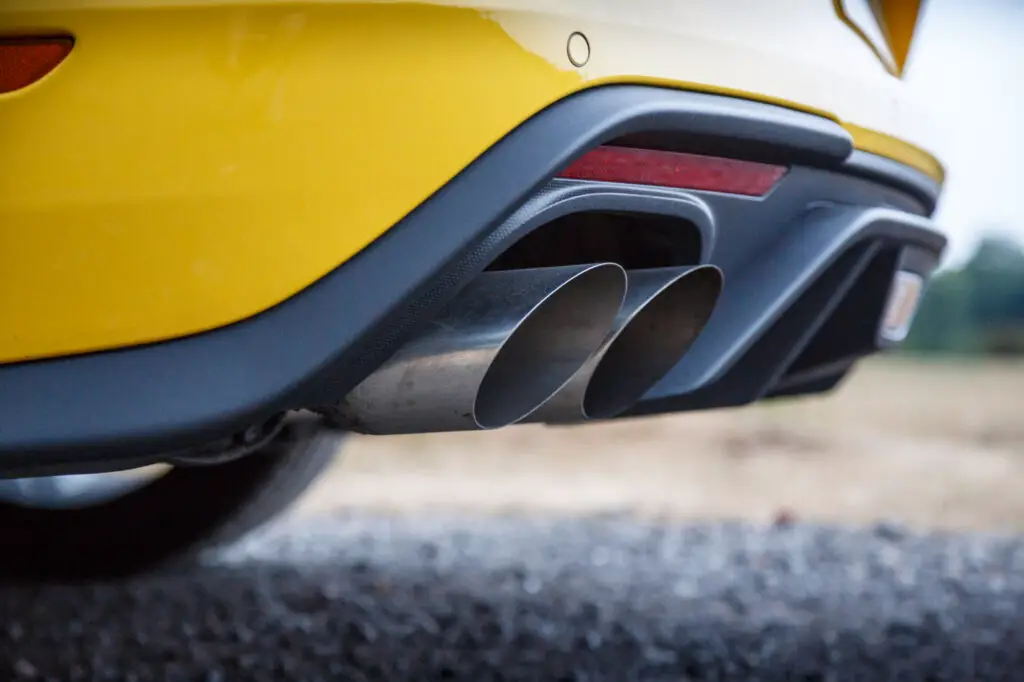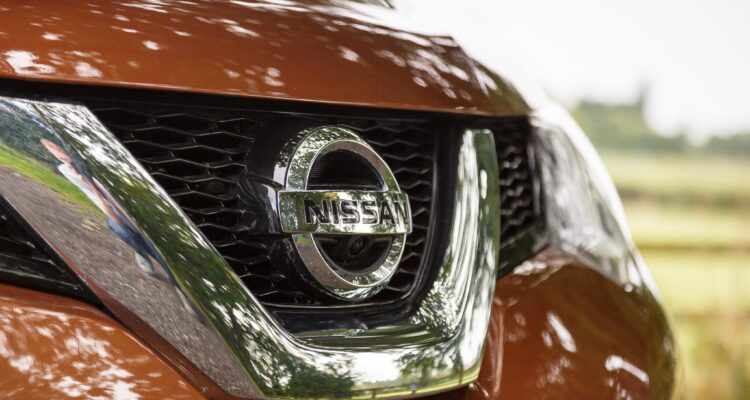Scratches on your car can range from minor surface blemishes to deep gouges that require professional attention. The cost to fix scratches on a car typically ranges from $150 to $300 for minor scratches and can escalate to $3,500 or more for extensive damage.
Understanding the potential costs can help vehicle owners make informed decisions about whether to address scratches immediately or delay repairs. Knowing what to expect can also assist in budgeting for these common car maintenance expenses.
Understanding Car Scratches
Car scratches can vary greatly in depth and appearance, and they can occur due to several common reasons.
Types of Car Scratches
Scratches on a car’s surface are categorized based on their depth and severity. Surface scratches only affect the clear coat layer and can often be polished out. Primer-level scratches penetrate through the paint, exposing the primer. Deep scratches damage the metal body, which can lead to rust if not treated.
Common Causes
The most common causes of car scratches include:
- Environmental factors: Tree branches, hail, or road debris can easily scratch the car’s exterior.
- Accidental impacts: Shopping carts, keys, or other vehicles can create scratches, often leading individuals to seek help from a Car Accident lawyer Mobile.
- Improper washing: Using abrasive cleaning materials or techniques can cause fine scratches on the paint.
Parking in tight spaces and regular wear and tear also contribute to the occurrence of scratches. Understanding these causes helps in taking preventive measures to avoid damage.
Assessing the Scratch Severity
Understanding the severity of car scratches is crucial to determine the proper repair method. Two important factors include the depth of the scratch and its location on the vehicle.
Scratch Depth Evaluation
The depth of a scratch significantly influences the repair process. Surface-level scratches, or clear coat scratches, only affect the outermost layer and can often be polished out.
Clear coat scratches often appear lighter in color and are not felt when running a finger over them.
Deep scratches can be felt with a fingernail and usually show a different color, such as the primer or metal beneath the paint.
The Implications of Scratch Locations
The location of a scratch can affect both the cost and complexity of repair. Scratches on doors, for instance, might be easier to access and fix compared to those on the bumper or hood which might require more disassembly.
Scratches near edges or complex curves can be more challenging to repair and might require professional intervention.
Additionally, scratches on highly visible areas like the hood or side panels might necessitate a flawless repair to maintain the car’s aesthetics. Conversely, less visible areas might allow for quicker, less meticulous fixes, affecting cost and effort.
Professional Scratch Repair Services
Professional scratch repair services can vary significantly in terms of cost and services provided. Key considerations include selecting a reliable provider and understanding the cost factors involved.
Choosing the Right Service Provider
Selecting a reliable service provider is essential for quality work. Look for shops with certified technicians and good customer reviews. Reputation matters—ask friends or family for recommendations, and read online reviews. Another important factor is the experience of the technicians. Experienced professionals are more likely to do the job well, avoiding the need for repeat repairs.
Consider whether the shop offers guarantees or warranties on their work. This can be a sign of confidence in their services. Customer service is another critical factor.

Cost Factors for Professional Repair
Several factors influence the cost of professional scratch repair. The severity of the scratch often determines the complexity and time required for the job. Deeper scratches may require more labor and materials, driving up the cost. The type of paint and finish on your car can also affect pricing; specialized paints may be more expensive.
Location is another key factor; repair costs can be higher in urban areas due to higher overhead expenses. Some providers may offer mobile services, which could be more convenient but might come at an additional charge.
Paint Correction Techniques
Paint correction involves restoring the car’s paint through various techniques to eliminate scratches and other surface imperfections. Polishing and wet sanding are two primary methods, each with distinct advantages. Paint touch-up is another technique focusing on minor fixes for localized damage.
Polishing vs. Wet Sanding
Polishing uses abrasive compounds and a polisher to remove surface defects. It is effective for light to moderate scratches and enhances the car’s gloss. Polishing maintains more of the original paint compared to other methods. It’s suitable for regular maintenance.
Wet sanding employs fine-grit sandpaper and water to smooth deeper scratches and imperfections. This method is more aggressive but can flatten paint irregularities more effectively. It usually requires follow-up polishing to restore the shine.
Paint Touch-Up Effectiveness
Paint touch-up involves selectively applying paint to small scratched or chipped areas. Touch-up pens or brushes are commonly used for this purpose. It’s a cost-effective method for minor damages.
Touch-up repairs can blend well if done correctly, though they might be noticeable upon close inspection. This method can protect the underlying metal from rust. While touch-ups are less effective on larger areas, they provide a quick solution for minor, localized paint damage.
Preventing Future Scratches
To keep a car looking pristine, it is important to adopt preventive measures. Utilizing protective coatings and maintaining a routine care regimen can significantly reduce the risk of scratches.
Protective Coatings and Films
Using ceramic coatings is one effective method. These coatings create a semi-permanent bond with the car’s paint, offering a layer of protection against minor abrasions and harsh environmental elements. Paint protection films (PPF) are another option, providing a clear, durable barrier that absorbs impacts and scratches.
Waxing the car periodically can also add a protective layer. Natural or synthetic wax forms a slippery surface, making it harder for debris to leave marks. For optimal results, wax should be applied at least once every three months.
Routine Maintenance Tips
Routine cleaning is crucial. Dirt, grit, and other particles can act like sandpaper, causing scratches when they come in contact with the car’s paint. Washing the car regularly with a mild, pH-balanced car shampoo and using a microfiber cloth can prevent this.
Parking in shady or covered areas helps too. UV rays can degrade the paint over time, making it more susceptible to damage. Parking away from high-traffic areas reduces the risk of accidental bumps and scrapes.
Insurance and Scratches
Deciding whether to file a claim for car scratches depends on several factors, including the extent of damage, deductible amounts, and potential premium increases. The process requires careful navigation to ensure all necessary steps are followed and the claim is successful.
When to File a Claim
Filing a claim for scratches on a car should primarily consider the repair costs relative to the deductible. If repair costs significantly exceed the deductible, filing a claim may be beneficial.
Another factor is the source of the scratches. Scratches from vandalism or an accident may differ from those caused by regular wear and tear. In cases of vandalism, it’s advantageous to report the incident to local authorities, which can support the insurance claim.
Navigating the Claims Process
The claims process typically begins with contacting the insurance provider. They will request detailed information about the incident and may require photos of the scratches. Documentation, such as a police report in cases of vandalism, can be crucial.
Once the claim is submitted, the insurance company will likely send an adjuster to assess the damage. Accurate, thorough documentation helps in this assessment. Repair estimates from reputable body shops can further support the claim.
The adjuster will provide a repair estimate. If approved, the insurance company will cover the costs above the deductible, though the claimant may choose their repair shop.
Hiring a car accident lawyer in specific cases, especially involving disputes or significant damage, can provide additional support and guidance through the process.
Legal Considerations
When dealing with car scratches, legal aspects related to responsibility and liability can come into play, as well as the potential need for legal assistance.
Responsibility and Liability
Determining who is responsible for the scratches is essential. If the damage occurred in a parking lot or public area, it could be tricky to pinpoint who is at fault. It may be important to gather evidence such as photos and witness statements.
Different jurisdictions have various laws regarding vehicle damage. Knowing local regulations can help in understanding liability. Additionally, in some cases, liability insurance policies will cover the costs. It’s advisable to check with the insurance provider for specific coverage details.
Seeking Legal Assistance
An accident attorney can provide valuable support if disputes arise over who is responsible. They can offer advice on whether pursuing legal action is worthwhile and help navigate the legal process. In situations where the other party disputes responsibility, an attorney can assist in mediating or representing the case in court.
Having the right documentation, such as repair estimates and incident reports, can aid in building a strong legal case. Legal professionals can guide on how to best prepare and present this documentation.






